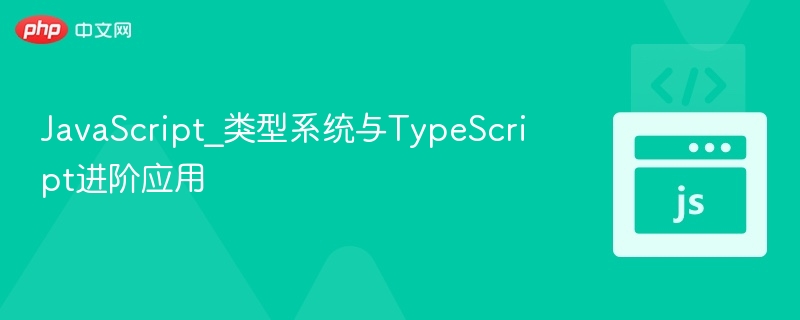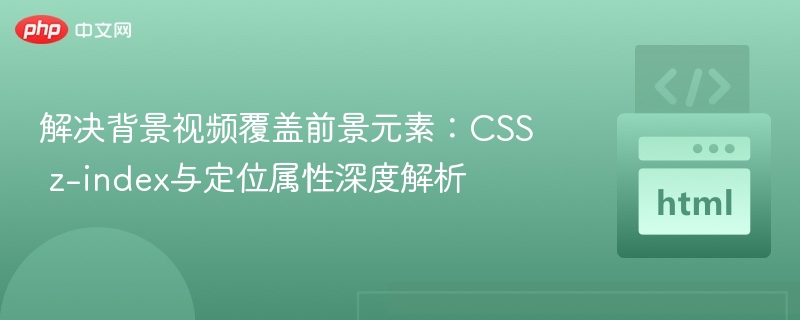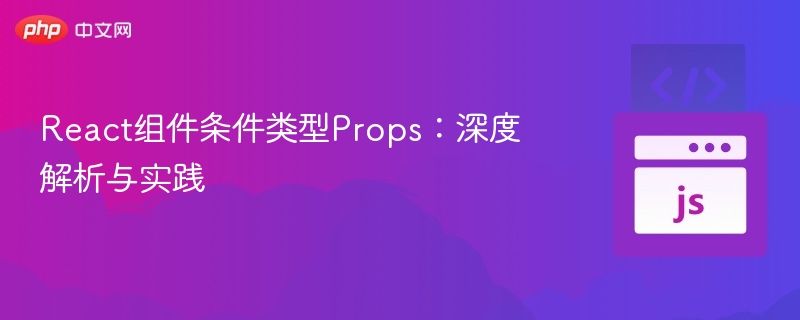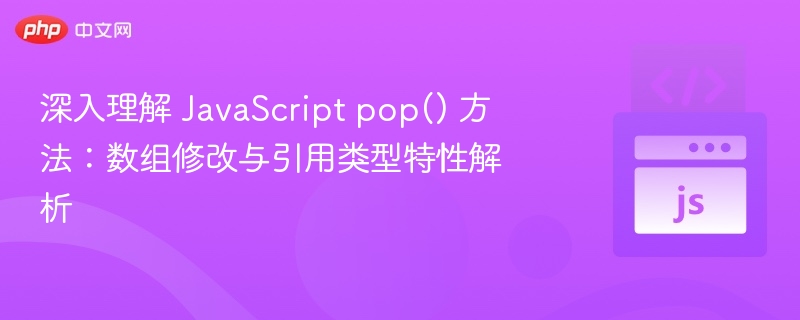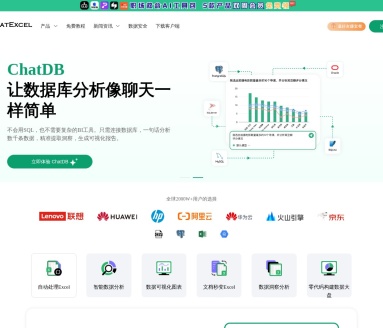在实践中反应:处理HTTP请求
来源:dev.to
2025-02-09 12:31:12
0浏览
收藏
珍惜时间,勤奋学习!今天给大家带来《在实践中反应:处理HTTP请求》,正文内容主要涉及到等等,如果你正在学习文章,或者是对文章有疑问,欢迎大家关注我!后面我会持续更新相关内容的,希望都能帮到正在学习的大家!
处理http请求
这是一种常见的方法,您可能已经看到了许多代码的示例,这些代码在组件中进行了http调用,更改的细节,例如使用或axios的使用或状态的管理方式
>您可能已经看到了如何将此代码重新放置为自定义钩子,但让我们再次进行此组件相对简单,您在组件中具有3个状态,以表示
整个请求有效
第一种方法:
import { useeffect, usestate } from "react";
function app() {
const [isloading, setisloading] = usestate(false);
const [error, seterror] = usestate<any>(null);
const [data, setdata] = usestate<any>(null);
useeffect(() => {
const fetchdata = async () => {
setisloading(true);
const response = await fetch("https://fakestoreapi.com/products");
if (!response.ok) throw new error("failed to fetch data");
const data = await response.json();
setdata(data);
setisloading(false);
};
fetchdata().catch((e) => seterror(e));
}, []);
return (
<div>
{isloading && <p>loading...</p>}
{error && <p>{error.message}</p>}
{data && <pre>{json.stringify(data)}}
在钩子中分开获取逻辑
第二种方法
但是我们也降低了组件的责任,现在只需要处理国家的渲染和>
申请
>但这仍然可以改善,应用程序组件仍然需要处理提出请求的逻辑,尽管不是> 需要处理请求的状态
第二种方法:
// usefetch.tsx
import { useeffect, usestate } from "react";
type usefetchparams<t> = {
fetcher: () => promise<t>;
querykey: string[];
};
export function usefetch<t>({ fetcher, querykey }: usefetchparams<t>) {
const [isloading, setisloading] = usestate(false);
const [error, seterror] = usestate<any>(null);
const [data, setdata] = usestate<t | null>(null);
const querykeystring = json.stringify(querykey);
useeffect(() => {
const fetchdata = async () => {
setisloading(true);
const data = await fetcher();
setdata(data);
setisloading(false);
};
fetchdata().catch((e) => seterror(e));
}, [querykeystring]);
return { isloading, error, data };
}
// app.tsx
import { usefetch } from "./usefetch.tsx";
const endpoint = "https://fakestoreapi.com/products";
function app() {
const { isloading, error, data } = usefetch({
querykey: [endpoint],
fetcher: async () => {
const response = await fetch(endpoint);
if (!response.ok) throw new error("failed to fetch data");
return response.json();
},
})
return (
<div>
{isloading && <p>loading...</p>}
{error && <p>{error.message}</p>}
{data && <pre>{json.stringify(data)}}
在自定义挂钩中分开请求
>现在,这就是我认为理想的责任分离。
>自定义挂钩使用fect,负责处理提出请求的逻辑;
应用程序组件负责处理产品渲染和请求状态
第三种方法
// useproductfindall.tsx
import { usefetch } from "./usefetch.tsx";
const endpoint = "https://fakestoreapi.com/products";
async function fetchproductfindall(params = {}) {
const searchparams = new urlsearchparams(params);
const response = await fetch(endpoint + `?${searchparams.tostring()}`);
if (!response.ok) throw new error("failed to fetch data");
return response.json();
}
export function useproductfindall(params = {}) {
return usefetch({
querykey: [endpoint, params],
fetcher: () => fetchproductfindall(params)
});
}
// App.tsx
import { useProductFindAll } from "./useProductFindAll.tsx";
function App() {
const { isLoading, error, data } = useProductFindAll({ limit: 6 })
return (
<div>
{isLoading && <p>Loading...</p>}
{error && <p>{error.message}</p>}
{data && <pre>{JSON.stringify(data)}}
今天带大家了解了的相关知识,希望对你有所帮助;关于文章的技术知识我们会一点点深入介绍,欢迎大家关注golang学习网公众号,一起学习编程~
版本声明
本文转载于:dev.to 如有侵犯,请联系study_golang@163.com删除
 总投资120亿元,立讯产业项目落地苏州昆山
总投资120亿元,立讯产业项目落地苏州昆山
- 上一篇
- 总投资120亿元,立讯产业项目落地苏州昆山
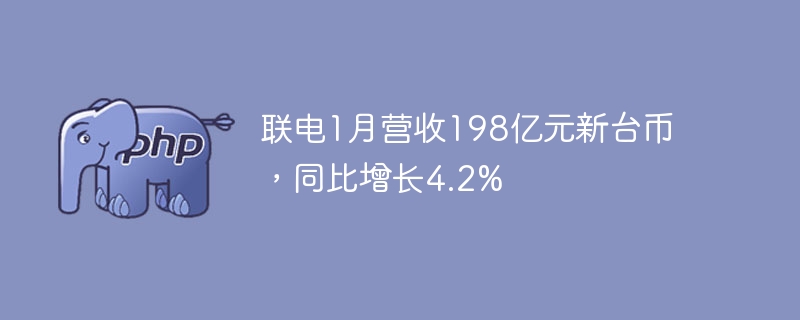
- 下一篇
- 联电1月营收198亿元新台币,同比增长4.2%






